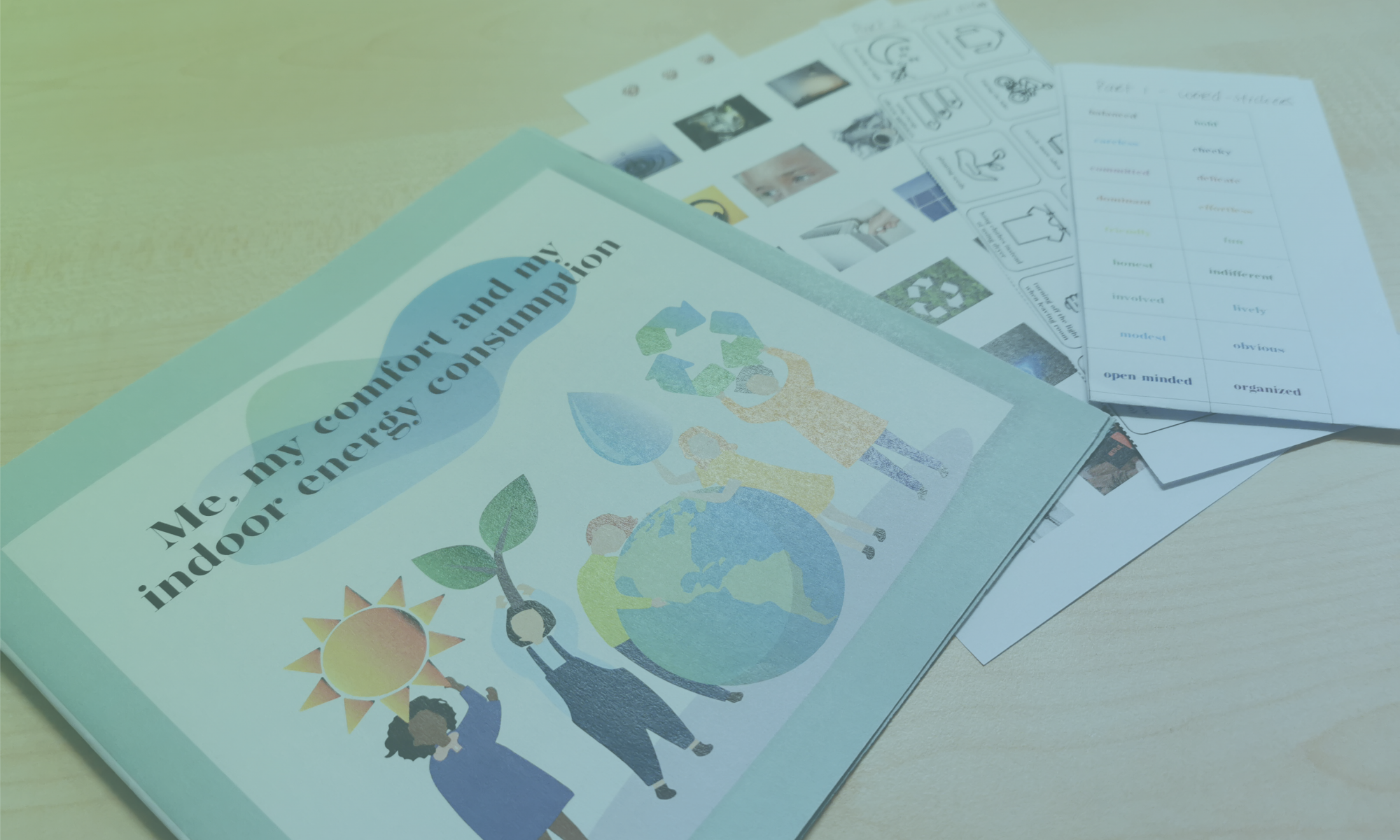| Overview | Activities |
overview
o
UNIT 3 OVERVIEW
Unit 3 – Heat Transfer – is comprised of 8 activities that have been informed by the ENERGE Energy Literacy Framework. A guide to the Framework can be found on the main page. In activities 3.1, 3.5, 3.6, 3.7 and 3.8 students explore through scientific inquiry, the same principles of science and engineering that are taken into account in the construction of a real home or building. These include, heat transfer by conduction, convection, radiation, passive solar lighting and the greenhouse effect. In activity Activity 3.2, 3.3 and 3.4 students have the opportunity to build, test and evaluate insulation materials and use experimental evidence to decide on everyday problems concerning insulation, glazing, thermal storage, and passive heating and cooling in buildings. The activities in this unit are suitable for lower and upper second level students. The energy literacy outcomes, the associated skills & competencies addressed and how the activities link 3.1-3.3. A summary and download link for each activity is provided belowncy. In activities 1.6 and 1.7 students monitor and evaluate the patterns of energy use in their own homes. Students also explore a number of energy efficient solutions for the home and calculate their associated payback costs. This unit gives a real-world context to the principle of energy conservation. Students also have the opportunity to further develop their energy literacy through collaborating with others and through developing their data analysing, problem-solving, decision making, critical thinking and numeracy skills. . Ultimately, students should feel better equipped to handle energy related data and identify solutions to reduce energy use in the home. The activities in this unit are suitable for lower and upper second level students. The energy literacy characteristics, skills & competencies addressed and how the activities link to the national curricula are outlined in tables 1.1 – 1.3. A summary and download link for each activity is provided below
| Links to subjects on National Curricula |
| Science Engineering Technology & Informatics Home Economics Design & Architecture Social & Health Education Civic & political Education |
| Energy literacy characteristics |
| C1 Grounded understanding of science and how energy is harnessed and used to power human activity C2 Understands the impact that energy production and consumption have on all spheres of our environment and society C3 Sensitive to the need for energy conservation and to develop alternatives to fossil fuel-based energy resources C4 Cognisant of the impact of personal, local and global energy-related decisions and actions on the global community. C5 Strives to make choices and decisions that reflect these attitudes with respect to energy resource development and energy consumption |
| Skills & Competencies addressed |
| Decision Making Critical Thinking Problem Solving Numeracy Data Analysing Designing, Creating Collaborating Communicating ICT & Research |
activities
| Overview | Activities |
a
UNIT 3 ACTIVITIES
Download Unit 3 Classroom Materials
Activity 1 – Stop electricity from leaking
1.1
Activity 3.1 – Heat Transfer in solids, liquid and gases

| Overview | Activities |
AxAx
A1.2
Activity 3.2 – Observing ice liquefying in plates of different materials

| Overview | Activities |
1.3
1.3
Activity 3.3 – Build and test insulation materials

Downloads in Teachengineering.org
| Overview | Activities |
1.4
1.4
Activity 3.4 – Build a model green roof

Downloads in Teachengineering.org
| Overview | Activities |
1.5
1.5
Activity 3.5 – Heat transfer by convention in liquids and gases

| Overview | Activities |
1.6
1.6
Activity 3.6 – Investigating Heat transfer by radiation

| Overview | Activities |
1.7
1.7
Activity 3.7 – The Greenhouse Effect

| Overview | Activities |
activity
a
Activity 3.8 – Solar Lighting

Downloads in Teachengineering.org
| Overview | Activities |
